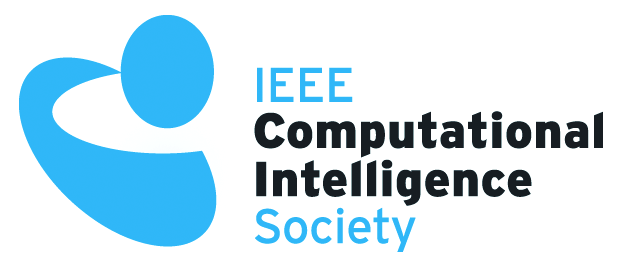Tutorial 1
Action-Perception Cycles: Neuro-Dynamic Modeling and Robotics Experiments
Abstract
Recently, the idea of action-perception cycles has attracted large attention in the field of developmental psychology, embodied cognition and developmental robotics as one of the key principles for understanding developments of cognitive acts. This principle should be understood as contrasted to the other side of the idea, perception-action cycles which considers that action is generated by means of mapping from the current sensory inputs to the next motor outputs. Although the idea of perception-action cycle has been more widely prevailed because of its simplicity, the idea alone cannot account for all of the essential aspects in action generation, especially about the intentional acts which human infants are considered to develop from early stages. Human infants can construct their own views of the world by structuring and objectifying experiences accumulated through “intentional” interactions with the world. As Gibson and Pick conjectured, a set of perceptual structures obtained when an active learner engages in perceptual interaction with the environment and extracts information from it can be regarded as a subjective view belonging to that individual. Such an individual can have a proactive expectation of what the world should look like as it performs its intended actions. The developmental psychologist Claes von Hofsten has demonstrated that even 4–month-old infants exhibit such anticipatory behaviors. One important aspect of the action-perception cycle is that this cycle continues by changing relational structures between the subject and the objective world. When an infant acts on the objective world proactively with an intention in a top-down manner, the resultant perceptual reality might have a gap from the expectation because of dynamically changing situations in the objective world. Then, an error signal from the gap might be propagated to the intentional state in the bottom-up pathway which modulates the intentional state in the direction of minimizing the error whereby the recognition of the current situation can be achieved. The updated intention leads to generation of another proactive action, recognition and so-on where a chain of circular causality emerges.
The tutorial attempts to deepen understanding of the aforementioned ideas by introducing related synthetic modeling studies with focuses on a set of robotics experiments utilizing dynamic neural network models as well as on interdisciplinary discussions among development psychology, phenomenology of embodied minds, neuroscience, and nonlinear dynamical systems.
Biography
Jun Tani received a B.S. in Mechanical Engineering from Waseda University, a dual M.S. in Electrical Engineering and Mechanical Engineering from the University of Michigan, and a Dr. Eng. from Sophia University. He started his research career in Sony Laboratory in 1990. He had been a Team Leader of the Lab. for Behavior and Dynamic Cognition, Brain Science Institute, RIKEN in Tokyo for 12 years until May 2012. He also held the position of Visiting Associate Professor at the Univ. of Tokyo between 1997 and 2002. Now he is a full professor in Electrical Engineering Department in KAIST in Korea. He serves as editorial board members for IEEE TAMD, Frontiers in Neurorobotics and Adaptive Behavior. His research interests include developmental psychology, neuroscience, embodied cognition, phenomenology, complex adaptive systems, and robotics.






